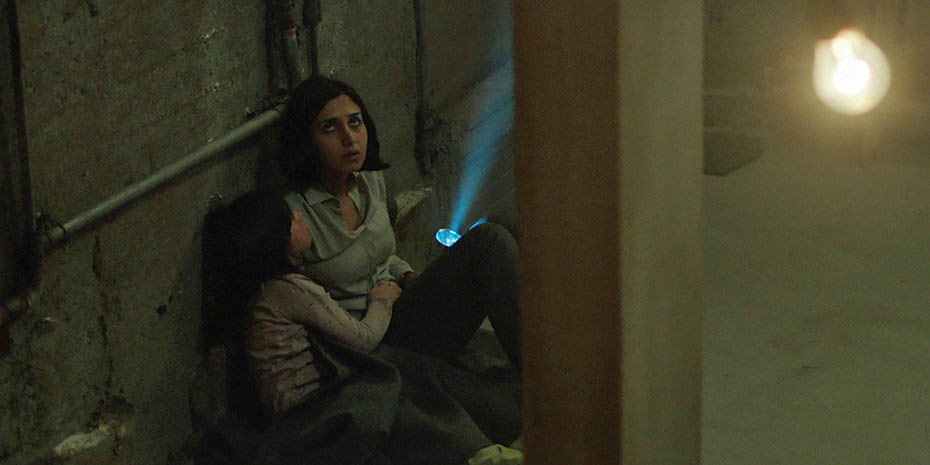Fear For Thought: Supernatural horror mixes with harsh realities in Under the Shadow
 CREDIT: WIGWAM FILMS, 2016
CREDIT: WIGWAM FILMS, 2016There's so much more than ghosts to fear in Under the Shadow
The 1979 Iranian Revolution triggered the country’s immense cultural change and was a contributing factor to eight years of conflict with Iraq beginning in 1980. Although Iranian life before the revolution had not been simple, carrying on normally in the wake of erratic airstrikes was close to impossible. Such is the fundamental premise of director Babak Anvari’s 2016 horror film, Under the Shadow.
The plot of Under the Shadow revolves around Shideh, an ambitious medical student who has been barred from classes due to her involvement in pre-revolution demonstrations. When a draft calls her husband to the battlefield, she stays behind in their Tehran apartment to care for their young daughter Dorsa.
At first, she does her best to take adversity in stride while facing the oppressive laws of the new regime, or when an undetonated missile falls through her building’s rooftop, or even when Dorsa becomes the target of a supernatural entity called a djinn. But despite her efforts to keep these horrors out, Shideh must learn to accept that there’s no stopping certain things from slipping in through the cracks.
The post-revolutionary movement of New Iranian Cinema has produced incredible dramatic work over the past few decades, yet the notion of translating its common themes of existentialism and politics over to the horror genre is incredibly recent. While 2014’s Persian- language A Girl Walks Home Alone at Night may come to mind as being the first attempt at doing so, in some ways it contends with issues of oppression in a far less confrontational manner than Under the Shadow.
Here, the fantasy of female empowerment winning against a tyrannical patriarchy is met with the same defeat many women experienced after the inauguration of the Republic. Shideh can no longer attend school due to her personal beliefs, and thanks to the new social system she finds herself involuntarily confined to the home. Her identity, like so many other Iranian women, is veiled, and scenes where she takes her frustrations out on Dorsa attest to her isolation.
The film gives Shideh no easy way out of her situation. By using elements of suspense over gore, it careens between historical fiction and ghost story, prompting audiences to examine the true source of the film’s tension. The fundamentalist neighbours, the random roadside checks by morality police, the nearby explosions, the bad phone connection to a husband who may be killed at any second; all make the ghost an afterthought to the realities of Iran in the ‘80s.
This is an effectively scary movie, splitting its time between wartime paranoia and a mother-child relationship placed under supernatural threat. Beneath the surface is a story of Shideh’s longing for freedom, and moreover of how political turmoil disrupts family life. As the first of its kind, Under the Shadow is worth seeing for the history it simultaneously makes and portrays.
















